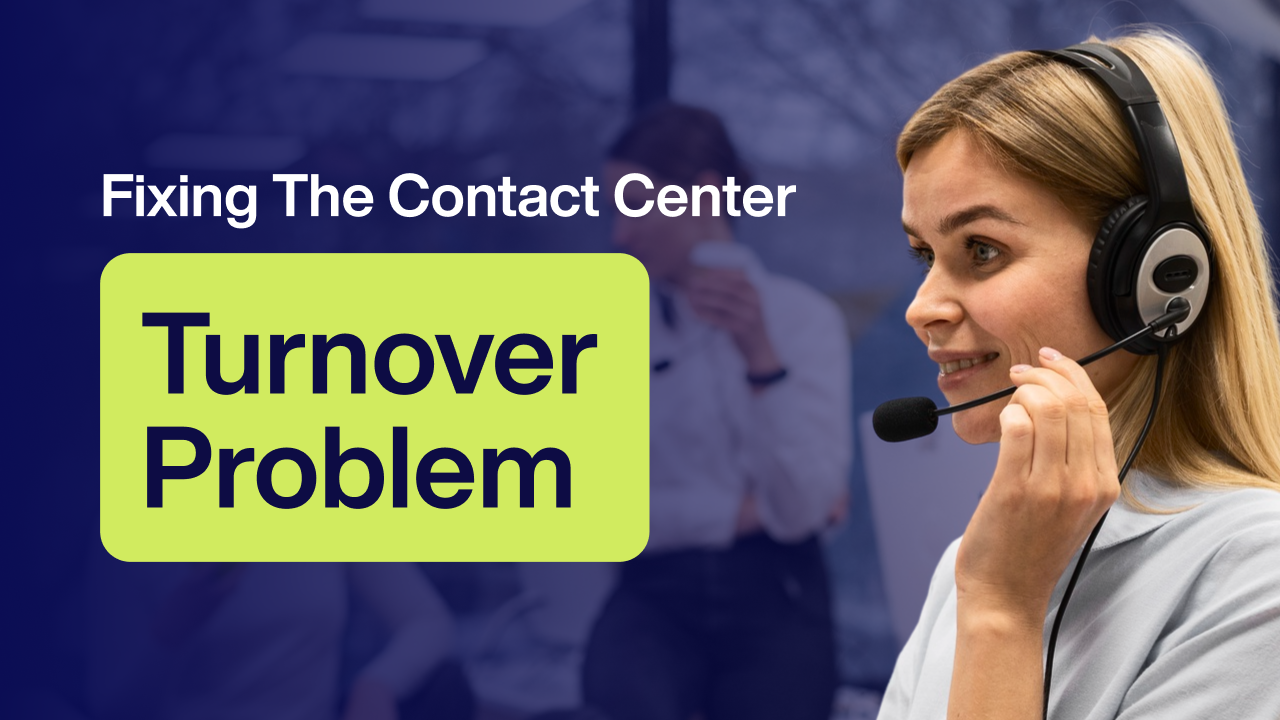Broadening the Payer Mix: How AI Empowers FQHCs to Attract Commercially Insured and ACA Exchange Patients

Introduction: A Strategic Pivot for Sustainable Growth
Federally Qualified Health Centers (FQHCs) are at a pivotal juncture. While Medicaid funding remains stable, operational costs continue to rise, and the demand for services escalates. To ensure financial sustainability and expand their reach, FQHCs must diversify their payer mix by attracting commercially insured and ACA exchange patients. Artificial Intelligence (AI) emerges as a transformative tool in this endeavor, enhancing operational efficiency, patient engagement, and care quality.
By integrating AI-driven solutions, FQHCs can streamline administrative processes, personalize patient interactions, and optimize clinical workflows. This not only improves patient satisfaction but also positions FQHCs as competitive providers for a broader patient base. Real-world implementations demonstrate significant improvements in appointment adherence, documentation efficiency, and revenue generation.
1: Enhancing Operational Efficiency with AI
AI-Powered Scheduling and Workflow Optimization
Efficient scheduling is crucial for accommodating a diverse patient population. AI tools like predictive analytics can forecast patient no-shows and optimize appointment slots, ensuring maximum utilization of provider time. For instance, AI-driven scheduling systems can reduce patient wait times and improve clinic flow, enhancing the overall patient experience.
Automated Documentation and Administrative Tasks
Administrative burdens often detract from patient care. AI-powered medical scribe tools, such as Sunoh.ai, assist providers by transcribing and organizing clinical notes in real-time. This not only reduces after-hours documentation but also minimizes errors, ensuring accurate and timely records. At Oak Orchard Health, the implementation of such AI tools led to significant time savings and improved provider satisfaction. LinkedIn+1emergingglobal.com+1MedicalEconomics+1Business Wire+1
2: Personalizing Patient Engagement Through AI
Targeted Communication and Outreach
Engaging commercially insured and ACA exchange patients requires personalized communication strategies. AI algorithms can segment patient populations based on demographics, health history, and preferences, enabling tailored outreach campaigns. For example, AI can send customized appointment reminders, health education materials, and follow-up messages, increasing patient engagement and adherence to care plans. MedicalEconomics
Enhancing Patient Experience with Virtual Assistants
AI-powered chatbots and virtual assistants can handle routine inquiries, appointment scheduling, and symptom triage, providing patients with immediate assistance. This not only improves access to care but also frees up staff to focus on more complex tasks. Implementing such tools can lead to higher patient satisfaction and retention rates, particularly among tech-savvy, commercially insured individuals.
3: Real-World Implementations and Outcomes
Case Study: Oak Orchard Health's AI Integration
Oak Orchard Health, serving over 30,000 patients in western New York, adopted a suite of AI tools from eClinicalWorks, including Sunoh.ai, to enhance clinical documentation and patient engagement. The integration led to real-time note completion, reduced provider burnout, and improved front desk efficiency. These advancements contributed to better patient experiences and positioned the center to attract a broader payer mix. MedicalEconomics+1Business Wire+1
Case Study: Urban Health Plan's No-Show Reduction
Urban Health Plan in New York City implemented AI solutions to address high patient no-show rates. Within three months, the center experienced a significant reduction in missed appointments, enhancing operational efficiency and revenue. This improvement made the center more appealing to commercially insured patients seeking reliable care access. Healthcare IT News+1Athenahealth+1
Conclusion: Embracing AI for a Diversified Future
In an era where Medicaid funding remains flat, FQHCs must proactively seek strategies to diversify their payer mix and ensure financial sustainability. Integrating AI technologies offers a practical, solution-oriented approach to attract commercially insured and ACA exchange patients. By enhancing operational efficiency, personalizing patient engagement, and delivering high-quality care, FQHCs can position themselves as competitive providers in the broader healthcare market.
FQHC leaders should assess their current operations and identify areas where AI integration can yield immediate benefits. Starting with pilot programs in scheduling, documentation, or patient engagement can demonstrate value and pave the way for broader implementation. By embracing AI-driven solutions, FQHCs can expand their reach, improve patient outcomes, and secure a diversified, sustainable future.

No Spam —
Just Good Stuff.
Join our newsletter for actionable advice, insider knowledge, and strategies that drive real results.
No fluff, just value.
.png)
%20(1).png)
From The Blog
Read All Articles
Hybrid AI Voice Bots: Better CX, Happier Agents, and Smarter Schedules

Hybrid AI in Banking: Handling Complex Service Without Losing the Human Touch

Hybrid AI for Financial Services: Solving Complex Service Without Losing the Human Touch

How Hybrid AI Reduces Patient No-Shows and Scheduler Burnout

Hybrid AI That Actually Moves the Needle in Healthcare RCM

How AI-Human Collaboration Elevates Quality Assurance on the Factory Floor

Why Nearshore Hybrid BPOs Outperform Offshore Automation Centers

How Hybrid AI Voice Bots Elevate CX and Make Agents Unstoppable

AI‑Human Hybrid Support That Elevates Fraud Detection and Compliance

How Hybrid AI Streamlines Healthcare Revenue Cycle—Without Losing the Human Touch

AI-human hybrid quality assurance for supply chain accuracy

Why Nearshore Hybrid BPOs Outperform Offshore Automation Centers

AI + Human QA on the Line: How Hybrid Teams Raise Manufacturing Quality

Why Nearshore Hybrid BPOs Outperform Offshore Automation Centers

How AI-Human Collaboration Elevates Quality Assurance in Modern Manufacturing

Hybrid AI That Keeps Schedules Full: Reducing Patient No‑Shows and Burnout

Why Nearshore Hybrid BPOs Outperform Offshore Automation Centers

Hybrid AI That Quietly Fixes Healthcare RCM—Starting With the Schedule

How AI-Human Collaboration Raises the Bar on Manufacturing Quality Assurance

How Hybrid AI Tackles the Toughest Banking Service Moments

AI + Human QA: How Hybrid Teams Catch Defects Early and Strengthen Audits

How Hybrid AI Cuts Churn in Telecom and Retail—Without Losing the Human Touch

Hybrid AI for Financial Services: Faster Resolution, Stronger Compliance, Human-Centered Support

Hybrid AI That Fills Schedules and Eases Burnout: Reducing Patient No-Shows in Healthcare

Hybrid AI-human support that strengthens fraud detection and compliance—without breaking customer trust

AI + Humans: Elevating Quality Assurance on the Factory Floor

AI-human hybrid quality assurance for supply chain accuracy

Hybrid AI That Keeps Schedules Full—and Clinicians Fresh

AI-Human Hybrid Support: Stronger Fraud Detection and Compliance at the Contact Center

Why Nearshore Hybrid BPOs Outperform Offshore Automation Centers

From Empty Slots to Full Days: Hybrid AI Scheduling That Reduces Burnout

From No‑Shows to Full Days: Hybrid AI That Fixes Provider Schedules Without Burning Out Staff

From Empty Slots to Full Schedules: Hybrid AI That Boosts Access and Reduces Burnout

Stop the Scheduling Spiral: Hybrid AI That Fills Schedules Without Burning Out Providers

Stop Empty Slots from Fueling Burnout: Hybrid AI-Human Scheduling for Health Systems

From Empty Slots to Full Days: Hybrid AI Scheduling for Health Systems

From Hold Music to Full Schedules: Hybrid AI That Lifts Provider Productivity Without Burning Out Staff

Stop the Scheduling Whiplash: Hybrid AI That Fills Last‑Minute Openings Without Burning Out Your Staff
.png)
Stop the Scheduling Spiral: How Hybrid AI Keeps Providers Productive and Patients Seen
.png)
AI & Financial Services: Where Compliance Meets Conversation

E-commerce's Hybrid AI Advantages: From Order Status to Complicated Returns
.png)
Customer Service & Experience East 2025 (Reuters Events)
.png)
NACHC’s Workforce Conference (formerly FOM/IT)
.png)
Healthcare's AI-Human Sweet Spot: When Empathy Meets Efficiency
.png)
Choosing the Right Contact Center Technology Stack for Your Industry
.png)
Order Management Support: Where AI Excels & Where It Fails
.png)
Customer Success vs. Customer Support: When to Use AI vs. Human Touch

687% Increase in Referral Processing in 6 Months: How One Healthcare Organization Turned Its Patient Support Around

5 Warning Signs Your Medical Referral Process Needs Immediate Attention

AI‑Powered Healthcare Contact Centers: What CX Leaders Need to Know

AI‑Powered Healthcare Contact Centers: What You Need to Know

Healthcare Contact Centers: What Others Are Just Diagnosing, EGS Has Already Solved

Real-Life Use Cases of Contact Center Automation for Cost Reduction

5 Proven Use Cases of Contact Center Automation That Cut Costs by Up to 30%

How Leading Companies Are Reducing Support Costs and Boosting Customer Satisfaction with AI

Real-Life Use Cases of Contact Center Automation for Cost Reduction

Unlocking Efficiency, Speed, and Patient Satisfaction through AI

How Healthcare Leaders Can Leverage AI to Transform Customer Experience (CX)

FQHC-Led Medicaid ACO Innovation: How Illinois is Reinventing Community Care through Value-Based Models

Expanding Access to Mental Health: How Telebehavioral Health Is Transforming Care in Frontier Idaho

Idaho’s Medicaid Expansion: Fueling Growth and Stability in Community Health Centers






















.png)


.png)
.png)
.png)
.png)
.png)
.png)
.png)
.png)
.png)
.png)



